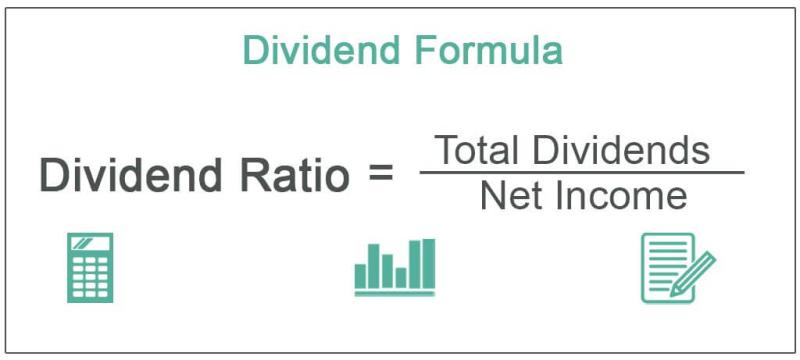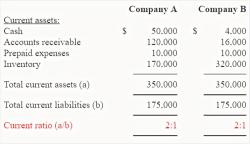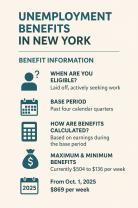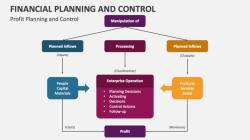How do you calculate annual dividend?
The calculation of an annual dividend depends on the type of investment or financial instrument in question. Different assets, such as stocks, preferred shares, or mutual funds, may have different methods for determining dividends. Here are two common methods for calculating annual dividends:
For Stocks (Dividend Yield):
The annual dividend yield for a stock is calculated as the annual dividend payment divided by the stock's current market price. The formula is as follows:
Example:
- If a stock pays an annual dividend of $2 per share, and the current market price is $50 per share, the dividend yield would be .
For Preferred Shares (Dividend Rate):
The annual dividend for preferred shares is often expressed as a fixed rate, known as the dividend rate, applied to the face value or par value of the shares. The formula is as follows:
Example:
- If a preferred share has a dividend rate of 5% and a par value of $100, the annual dividend would be 0.05 \times 100 = $5.
It's important to note that dividends are typically declared by the company's board of directors, and the actual amount paid may vary based on the company's financial performance and dividend policy.
For investments such as mutual funds or exchange-traded funds (ETFs), the calculation of annual dividends may be based on the dividends received from the underlying assets held by the fund.
Keep in mind that these formulas provide a simplified view of dividend calculations, and real-world scenarios may involve additional factors. Additionally, tax implications, such as dividend tax rates, should be considered when evaluating the overall financial impact of dividends. If you have specific investments in mind, consulting with a financial advisor or using information provided by the investment issuer can provide more accurate and detailed calculations.
Understanding Dividend Yield and its Dynamics:
1. Calculating Annual Dividend Yield:
The annual dividend yield is a simple metric to gauge the percentage of a company's stock price paid out as dividends annually. To calculate it, you simply divide the annual dividend per share by the current stock price and multiply by 100:
Dividend Yield (%) = (Annual Dividend per Share / Current Stock Price) x 100
For example, if a company pays an annual dividend of $2 per share and the current stock price is $50, its dividend yield would be:
Dividend Yield = ($2 / $50) x 100 = 4%
2. Factors Influencing Dividend Calculations:
Several factors influence the calculation of annual dividends, including:
- Company profitability: Companies with consistently strong profits are more likely to pay out dividends.
- Dividend payout ratio: This is the percentage of earnings paid out as dividends. Companies can choose to retain most of their earnings for reinvestment or distribute a larger portion as dividends.
- Industry norms: Different industries have varying dividend payout practices. Some industries, like utilities, traditionally pay high dividends, while others, like technology, might prioritize reinvestment for growth.
- Market conditions: During economic downturns, companies may choose to reduce or suspend dividends to conserve cash.
3. Different Methods for Dividend Payments:
While most companies pay regular quarterly dividends, there are several methods for distributing dividends:
- Regular dividends: Paid out at fixed intervals, usually quarterly.
- Special dividends: One-time distributions made outside of the regular schedule, often due to excess profits or special events.
- Stock dividends: Instead of cash, companies may issue additional shares to shareholders.
- Stock splits: Increases the number of outstanding shares, proportionally reducing the stock price and potentially boosting dividends per share.
4. Projecting Future Dividend Earnings:
Projecting future dividend earnings is inherently uncertain, but analysts use various methods to make educated guesses:
- Historical trends: Analyzing past dividend growth rates and payout ratios can provide some insights into future expectations.
- Company guidance: Some companies announce future dividend plans or payout targets.
- Financial forecasts: Analysts may model a company's future earnings and potential dividend distribution based on financial projections.
5. Relationship between Stock Prices and Dividends:
While not always a direct correlation, stock prices and annual dividends can influence each other:
- Higher dividends: Can attract income-seeking investors, potentially boosting demand and pushing up the stock price.
- Stock price increase: Can lead to a lower dividend yield (if dividends remain constant), making the stock less attractive to income investors and potentially causing a price correction.
- Dividend cuts or suspensions: Can signal financial or strategic changes, negatively impacting investor confidence and driving down the stock price.
Remember, dividend yield is just one aspect of evaluating a stock. Consider the company's overall financial health, growth prospects, and other factors before making investment decisions based solely on dividends.













